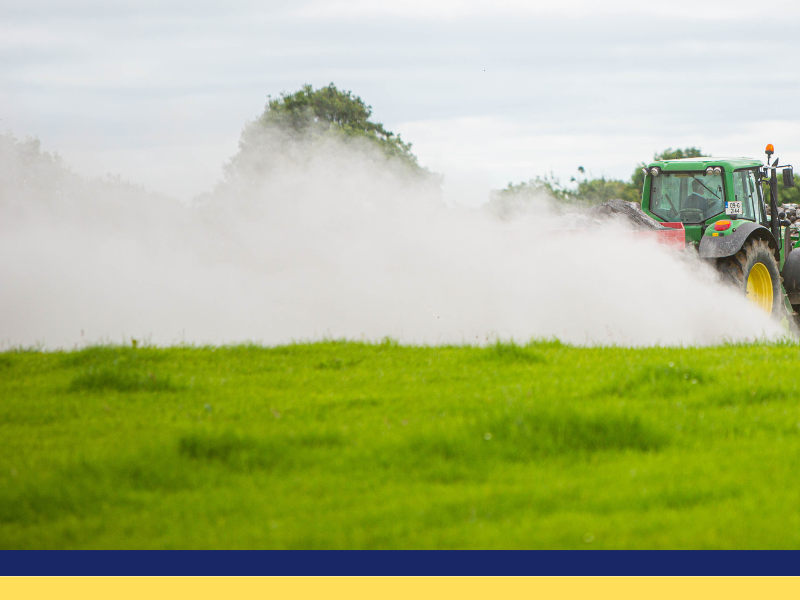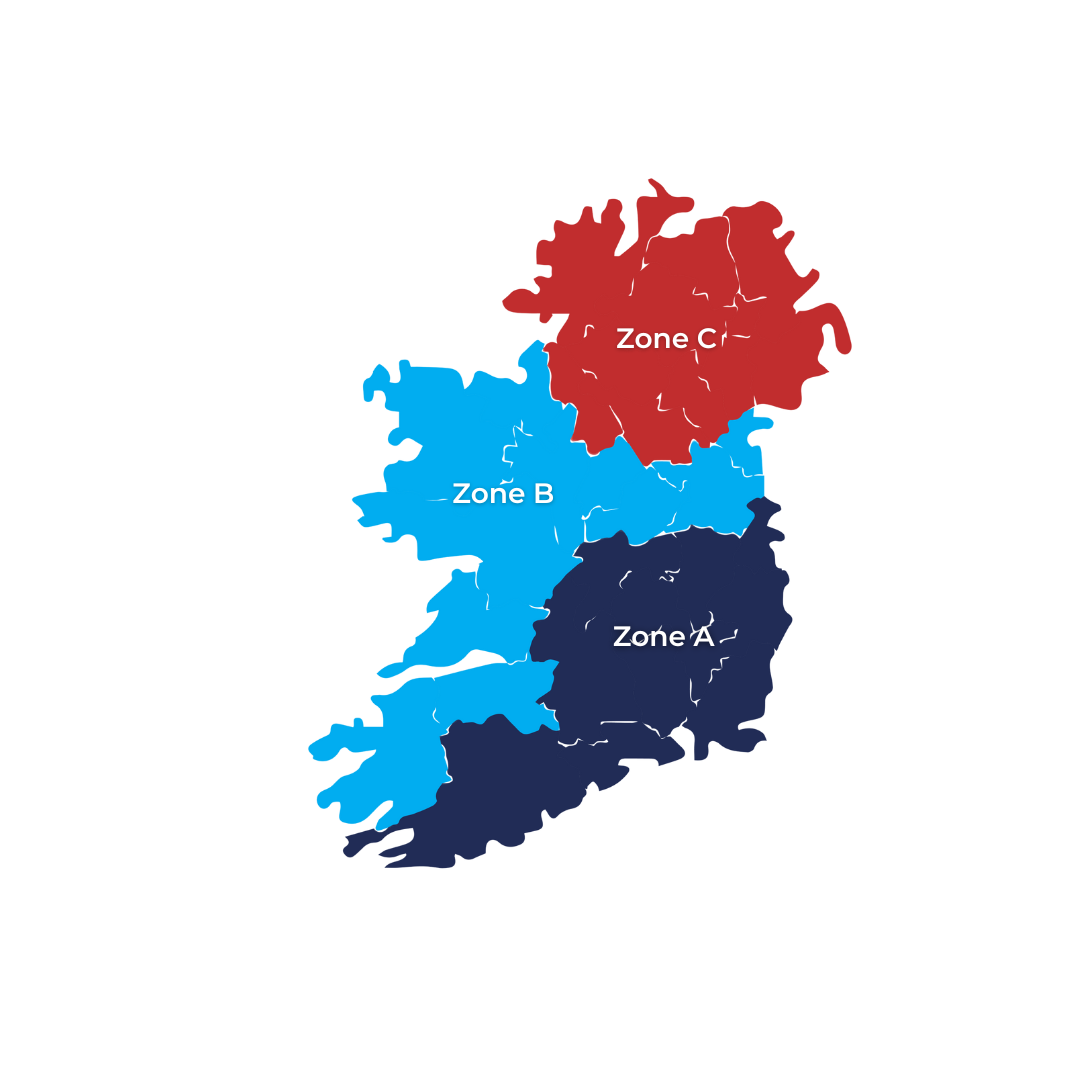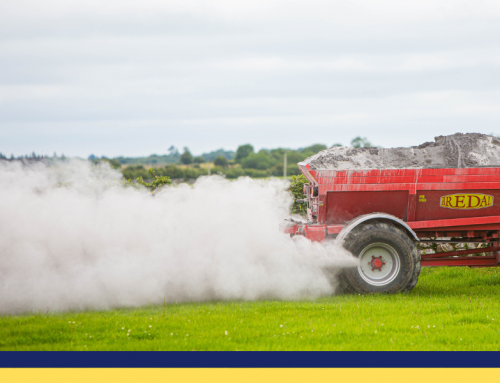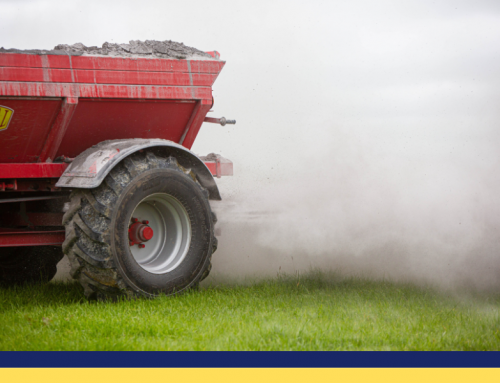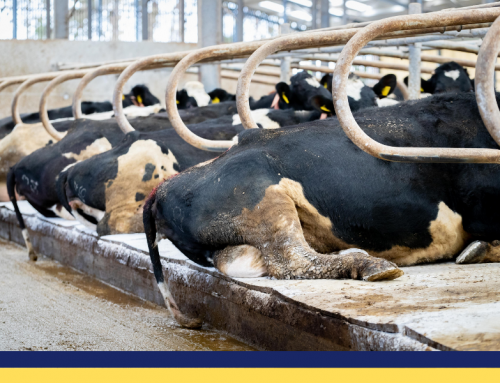With increased fertiliser prices set to remain for the coming season, it is critical that the correct steps are taken this autumn to maintain soil fertility.
September is the ideal month to start planning lime and fertiliser applications to maximise the potential of the soils on your farm. In this article, we outline the key tasks that should be undertaken on farm over the coming weeks:
Soil Sampling:
Now is a good time to ensure that you have up to date soil samples. According to Teagasc, the 2021 soil fertility results indicate that soils with optimum pH, Phosphorus (P) and Potassium (K) fertility decreased between 3 to 6 % compared to 2020. Results in 2021 now show that 47% of dairy farms had soil pH below the optimum of pH 6.3. In the other enterprises, soil pH was below optimum in 53% and 39% of soil samples taken on drystock and tillage farms, respectively.
For farmers to recognise the nutrient requirements of their soils, it is important to test soils on a regular basis (every 3 to 5 years) to determine requirements. Nutrient advice is based on sampling soil to a depth 10 cm of soil. This is particularly important for grassland soils as P is immobile and tends to stay in the top few centimetres of soil.
For tillage soils that are ploughed, soil sampling depth is not as critical as there is more uniform nutrient status in the top 15 to 20 cm of soil. Sampling the top 10 cm will be critical for reliable measure of soil P levels in min-till / low-till crop establishment systems.
2021 soil fertility results indicate that soils with optimum pH, Phosphorus (P) and Potassium (K) fertility decreased between 3 to 6 % compared to 2020.
Lime Application:
Applying lime is something that every farm should implement on a continual basis as it is a simple and cost effective way to improve tillage soils and grassland productivity on farm.
Although it is not subject to a farming calendar, now is a good time to consider lime application as it will encourage growth in the coming spring by releasing organic Nitrogen and Phosphorus from the soil and encouraging earthworm and microbial activity over the winter. Rain over the winter will also help dissolve and move the lime down through the soil, with the finest portion of the lime working on correcting the soil pH firstly.
Additional tips when applying lime
- Always base your lime applications from recent soil analysis.
- Don’t exceed 7.5t/Ha in a single application. Where more lime is recommended, apply 50% now and the remainder 2 years later.
- If spreading slurry on fields that have recently received lime and where there has not been sufficient rainfall to wash the lime into the soil, up to 50% of the available N in the slurry can be lost. To minimise these losses, Teagasc recommends applying the slurry first, followed by the lime 7 – 10 days later.
- There is no problem spreading CAN-based fertiliser and/or CAN-based compounds with lime. There is also no need to leave a gap between lime and protected urea as the protection on the urea reduces N losses as ammonia gas.
- For Derogation Farmers, a liming programme must be four years in duration with a minimum of 25% of lime spread in year one, and the balance applied over the remaining three years, where necessary.
Bennettsbridge Limestone is a member of GROLIME, Ireland’s only agricultural lime quality assurance scheme. Learn more about our Hi-Calcium Agri Lime.
Fertiliser and Organic Manure (Don’t forget the deadlines):
Slurry, farmyard manure and chemical fertilisers are prohibited from being spread over the winter period to comply with the Nitrates Directive. Farmers therefore need to take advantage of fertiliser and slurry applications prior to the deadlines which are fast approaching for each of the three zones in the Republic of Ireland.
Zone A:
- Chemical fertiliser: September 15 to January 26;
- Slurry: October 8 to January 12;
- Farmyard manure: November 1 to January 12.
Zone B:
- Chemical fertiliser: September 15 to January 29;
- Slurry: October 8 to January 15;
- Farmyard manure: November 1 to January 15.
Zone C:
- Chemical fertiliser: September 15 to February 14;
- Slurry: October 8 to January 31;
- Farmyard manure: November 1 to January 31.
Need help or advice?
For further liming advice or to learn more about our Hi-Calcium Agri Lime, click here.
Like us on Facebook
Follow us on Twitter

